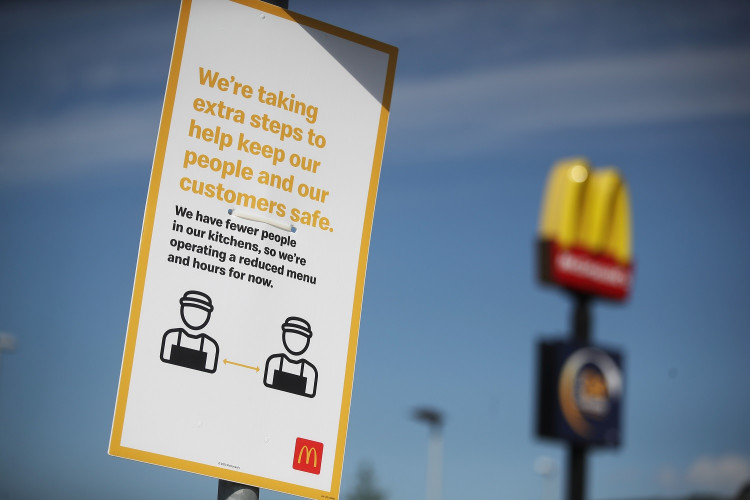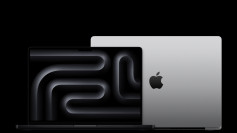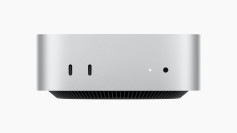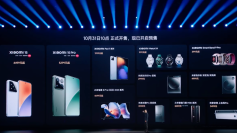The technologies discussed below aren't really new -- they have been around for quite some time. But because of social distancing guidelines imposed in many countries across the globe, it seems natural for any type of technology to gain momentum especially if it can help businesses operate without breaking the rules.
Our favorite fast-food chains are now reopening, but we should remain cautious and make use of technologies that will restrict person-to-person interaction. Here are some that could help curb the spread of COVID-19.
Smart Bathrooms
Bathrooms in this generation can leverage some type of IoT device, such as self-flushing toilets, lights that can turn on and off by itself, automatic soap dispensers, and toilet paper rolls that can be monitored how much is left. It's important we limit touching surfaces, as the virus can survive on them.
The best examples of smart bathrooms can be found in airports. The Los Angeles International Airport, for one, has lights on the ceiling that serves as an indicator of whether a person is using it.
Trash Compactors
At-the-source trash compactors aren't new at all. Schools, businesses, and city governments have already been using them pre-coronavirus. You may have noticed these devices at your local McDonald's or Wendy's. Even households have these because it offers a lot of conveniences. In fact, trash compacting technology has been around since the '70s.
It's pretty obvious why restaurants use trash compactors -- they offer efficiency and sustainability. Easy and quick trash disposal comes in handy, especially these days that we don't want to be holding other people's food, trays, straw, glasses, among many others.
Ordering Kiosks
Kiosks are fun, and in the age of coronavirus, it's a necessity, given there's a need to divide people in fast-food establishments. With ordering kiosks, people can easily order using screens. It saves a lot of time and manpower, eliminating the need to employ a person to manually handle the ordering process.
Ordering kiosks are becoming a staple in many fast-food restaurants these days. McDonald's and Subway, for example, have this technology. Actually, they have been using these screens since 2006.
In the next few months, things will get easier (probably), but we all still need to be cautious. Luckily, technology has got our backs, and we'll be able to move around, albeit with limits.
Fast-food restaurants are a big part of many people's lives, and we all miss the ease (and grease). It's great that we have smart bathrooms, trash compactors, and kiosks so we can continue going about our lives and allow businesses to operate.






